We moved to Conwy Valley in north Wales in 2015. It's a magical place, following the course of the Afon Conwy from the high Migneint moors down to the sea, where its mouth is guarded by the ramparts of Conwy Castle.
Much of the valley is a verdant sliver of green, a pastoral antidote to the harsher mountain landscapes of Snowdownia to the south and west.
Here, in countryside the colour of a mallard's hear, we've been lucky enough to buy two small fields in front of our house.
Nestled on a slope above the rivef, the fields haven't been ploughed, fertilised or reseeded since World War II, so they should be bursting with wildflowers.
But like so many pastures these days they've been grazed more or less continually for many years.
The effect of this has been to eliminate most of the wildflowers. Some small, early-flowering species survive but mostly it's a kingdom of grass.
Of classic wildflower meadow species - yellow rattle, eyebright, betony, oxeye dairy, orchids - there are none.
So, as part of the Coronation Meadows project run by Plantlife with the Wildlife Trusts and Rare Breeds Survival Trust, I embarked on a full-scale mission to restore our larger field as a wildflower meadow, and bring a splash of colour back to the valley.
Timespan: creating a wildflower meadow
Here are some of the key management steps undertaken by Trevor and his team during the first two years of the project.
February – June 2015
- Carried out soil test, looking for low levels of phosphorus (0-3 mg/litre) and nitrogen (1 per cent or lower)
- Installed stock-proof fencing to manage grazing livestock such as cows
- Undertook detailed vegetation survey
July 2015
- Controlled larger patches of invasive perennial weeds. Small patches left to enhance diversity.
August 2015
- Field cut and baled for hay in late August.
- Two Highland cows arrive, living in top field while lower meadow is created.
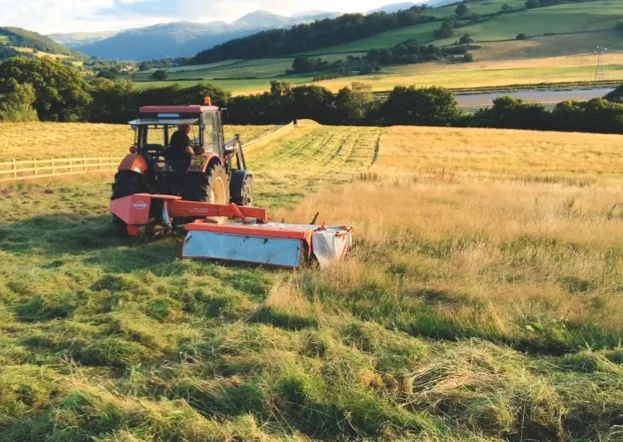
September 2015
- Ground prepared using flail mower and tine harrow to open up at least 50 per cent bare earth.
- Next day, brush-harvested seed is transferred from donor meadow.
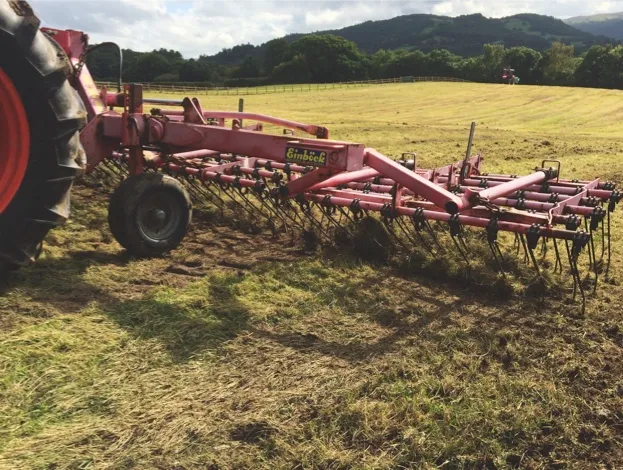
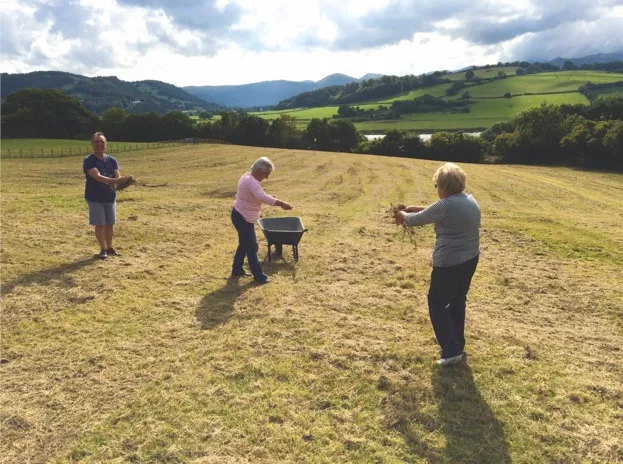
October 2015
- Seeds begin to germinate but grass also grows back strongly, so cows moved onto meadow to keep grass under control.
March 2016
- First yellow rattle seedlings begin to appear in meadow, so cows moved out into top field.
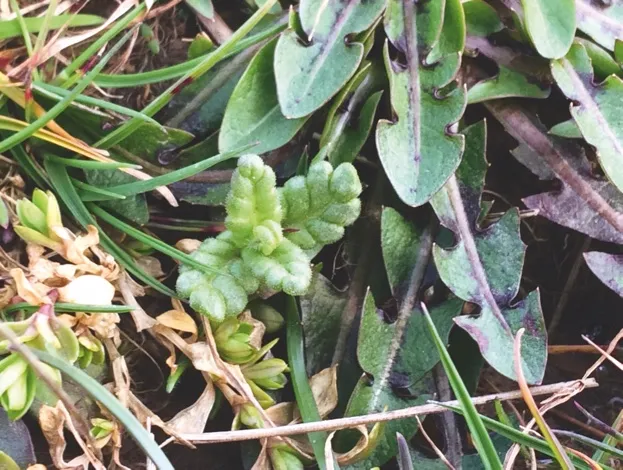
July – August 2016
- More seed collected by hand to be grown in trays and then planted as ‘plug plants’ in autumn 2017.
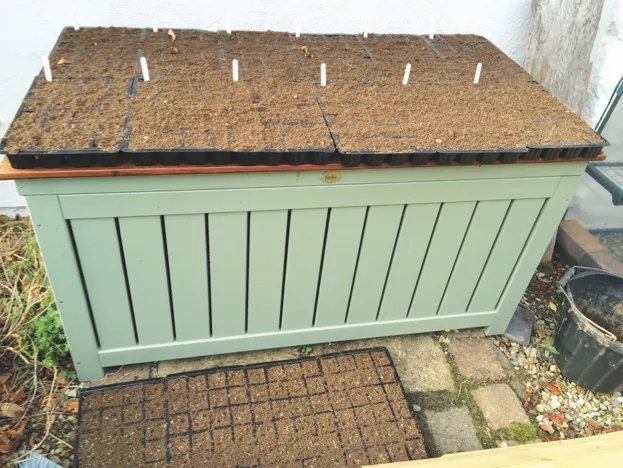
August – September 2016
- Field cut and baled for hay in late August.
- As the grass grows back, Highland cows are moved back down into meadow, along with 15 sheep to graze the meadow hard.
